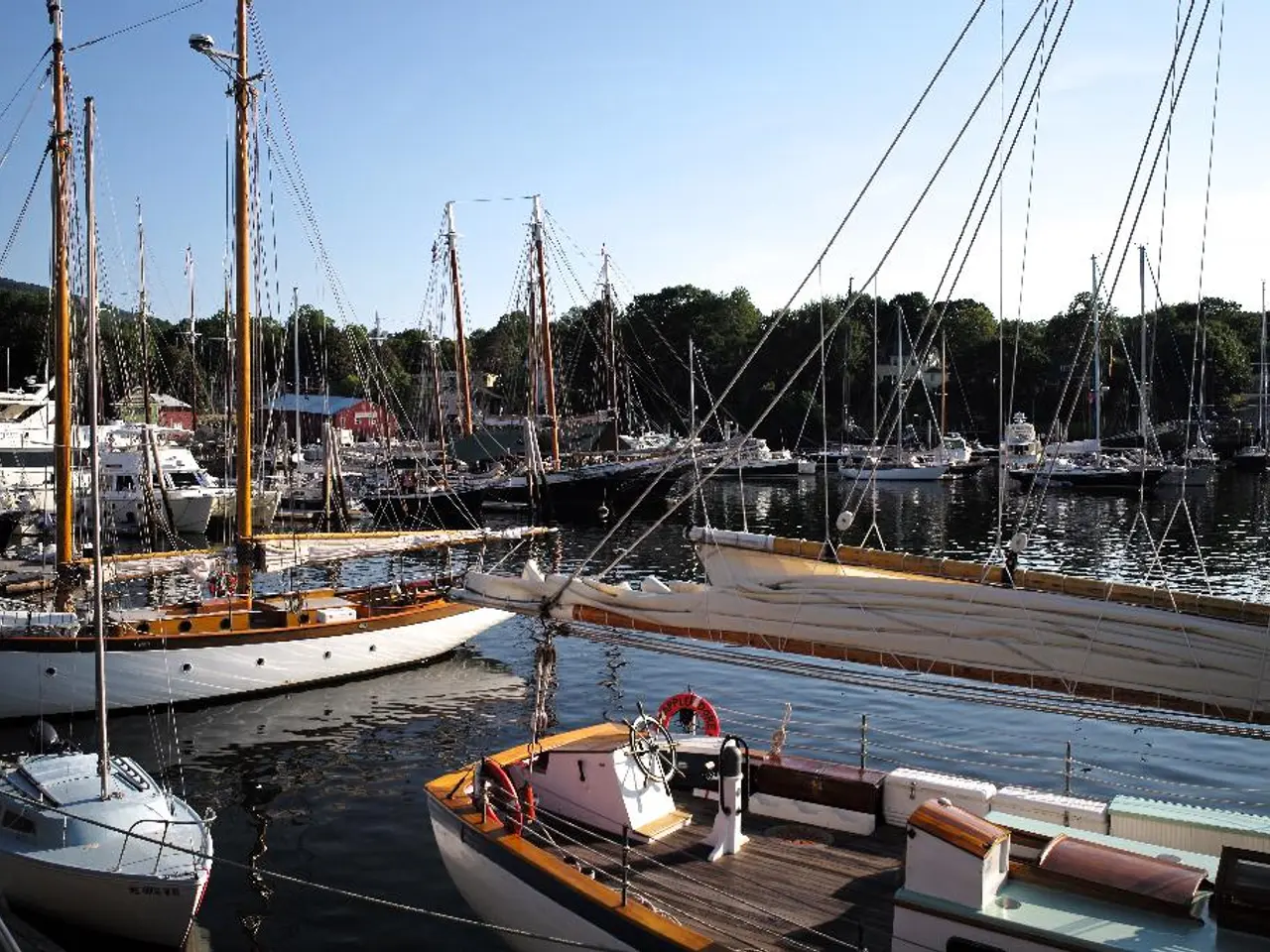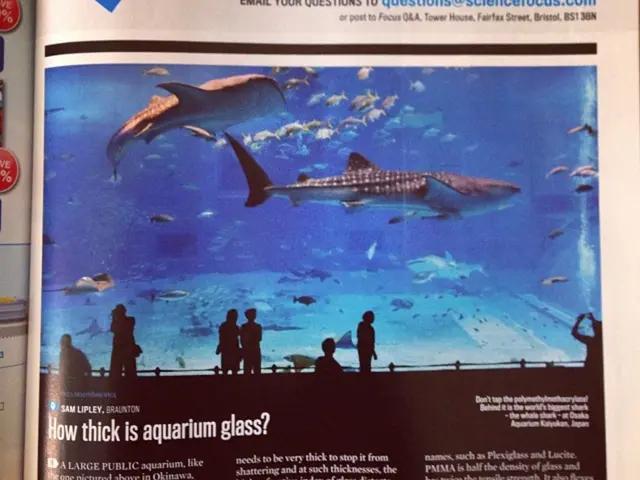Undersea European infrastructure susceptible to infiltration by covert naval forces, particularly in shallow waters.
In the wake of rising concerns over potential threats to critical infrastructure, European leaders and intelligence agencies are taking decisive action to protect their undersea cables. The Baltic Sea, with its strategic importance, has been a focus of these efforts.
Since October 2023, at least 11 cables in the Baltic Sea have been damaged, with European authorities suspecting Russian involvement. This has raised alarm bells, as approximately $10,000 billion in financial transactions are transmitted daily through undersea cables. Disrupting this network would make daily activities almost impossible for European citizens and businesses.
In response, the Baltic Sea states have the power to declare a "special period" to impose stricter controls on Russian oil shipments. European leaders and intelligence agencies must be more assertive in deterring threats to critical infrastructure, as German Defense Minister Boris Pistorius has done.
To bolster their efforts, Europe should better utilize existing surveillance tools and strengthen international intelligence cooperation. In January 2025, NATO launched Baltic Sentry, a mission to strengthen maritime presence and surveillance in the Baltic Sea. The EU also introduced its own Cable Security Action Plan in February 2025 to protect undersea cables.
Europe's vast undersea infrastructure, which accounts for nearly 97% of global internet traffic, is vulnerable to cable severance by anchors, given the average depth of the Baltic Sea is 52.3 meters and the North Sea is 95 meters. To prevent connectivity and security disruptions, Europe must prioritize mapping existing and planned undersea infrastructure.
Moreover, Europe can increase costs for hostile actors by stricter enforcement of sanctions that eliminate current loopholes and prevent Moscow from maintaining significant revenues. It is estimated that more than 60% of Russia's seaborne crude oil exports transit through the Baltic Sea.
However, it's important to clarify that there is no credible information linking any nation or organization behind the ownership of a so-called "Ghost Fleet" purchased by Russia since 2022 that damages underwater cables in Europe.
Lastly, Europe should avoid over-reliance on a single gas pipeline or data cable, and companies should be required to develop backup systems. The EU can hold those responsible accountable through effective attribution, such as forensic analysis.
Failing to act decisively now exposes Europe to much greater threats tomorrow. As the number of confirmed incidents of Russian drones and missiles breaching NATO territory since the large-scale invasion of Ukraine indicates, Europe must remain vigilant and proactive in safeguarding its critical infrastructure.
Read also:
- Lu Shiow-yen's Challenging Position as Chair of the Chinese Nationalist Party (KMT) Under Scrutiny in Donovan's Analysis
- Travel enthusiasts are securing their winter vacation plans as summer draws to a close
- Palmer engages in a dispute with AfD.
- Eric Adams reportedly considering abandoning his mayoral campaign for a Trump administration position








